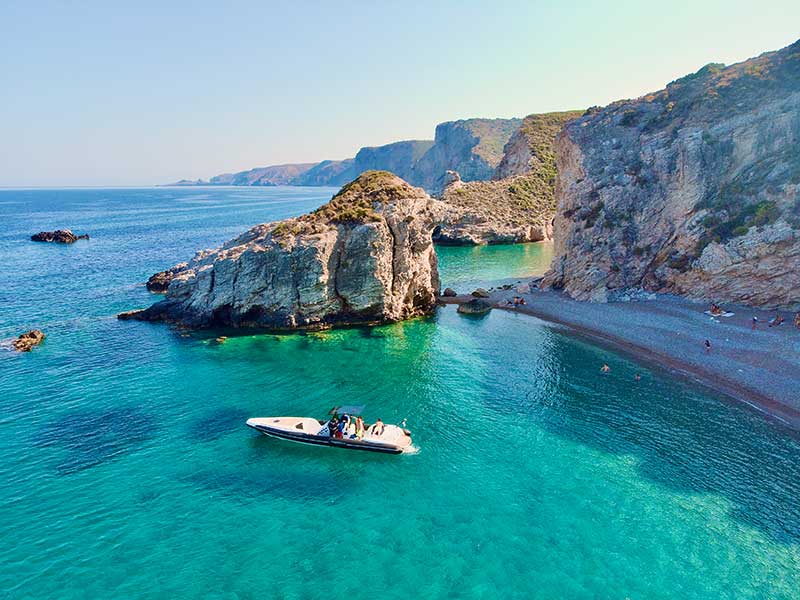Sightseeing Tours & Unique Cruises in Kythira
Discover Kythira with drakakis tours
Naturally, no-one knows Kythira better than the locals so why not let them show you around?
From the gorge of Mylopotamos to the miracle of Myrtidiotissa, the history of Chora to the breathtaking view at Mitata, we’ve picked the best of the island to include in our tours. Drakakis tours is the only company offering guided sightseeing tours on Kythira; our guides are passionate Kythirians willing to share with you all beauties and history of the island. Our drivers are experienced and trustworthy.
With drakakis tours and cruises you can explore Kythirian uniqueness and live an unforgettable experience. Private or shared sea cruises round Kythira and near amazing destiations as well as private tours on the island are waiting for you!
Relax, and let us show you Kythira!
Private Cruises
Shared Cruises

Chytra with Glass Bottom boat
~ 6 hours
Chytra- Monastery of Myrtidiotissa – Saint Nicolas of the Wine Saver
More…





